As Angioplasty (or also percutaneous transluminal angioplasty) is a procedure with which closed or constricted blood vessels are reopened or expanded. So-called balloon catheters are used for this, which are placed in the constriction and inflated.
What is Angioplasty?

With the help of angioplasty, constrictions caused by blood clots or vascular calcifications can be widened.
Angioplasty is very rarely performed as part of an operation. More often found than so-called percutaneous transluminal angioplasty (PTA) Application.
Function, effect & goals
Closed coronary arteries are opened or expanded by means of percutaneous transluminal coronary angioplasty. A special guide catheter is inserted through the forearm artery or inguinal artery and a balloon catheter is then advanced into it.
This balloon is inflated at the constriction, so that the constriction is widened and the blood can flow again undisturbed. Calcium deposits can be pressed into the vessel wall. Then a stent (wire mesh that keeps the vessel open) is implanted. For this purpose, the stent is placed on the balloon catheter, brought to the narrowed point and placed. The result can then be checked on the X-ray screen by repeated doses of contrast medium.
The doctor applies a pressure bandage so that there is no bruise at the puncture site. In addition, anticoagulant medication must be taken to prevent blood clots from forming on the stent. This form of angioplasty is mainly used for coronary heart disease or acute myocardial infarction. However, it does not make sense to open a vessel if the infarct was more than two days ago. A so-called balloon dilatation can also be performed as part of an angioplasty. Here, pathologically narrowed blood vessels are stretched with the help of a balloon attached to a vascular catheter. This is then inflated at the narrowed point under high pressure.
The catheter is inserted through the leg artery and advanced to the narrow point. This allows arteriosclerotic changes to be stretched so that the blood flow is less obstructed. The process must often be repeated several times so that the normal width of the vessel can be restored. This method is mainly used for coarctation of the aorta, for cerebral blood flow disorders, after a stroke or for peripheral arterial occlusive disease.
There is also the option of coating the surface of the balloon with a drug, the cytostatic agent paclitaxel being used in particular. This medication is intended to prevent the enlarged area from overgrowing. At the moment, drug-coated balloon catheters are mainly used in the coronary area or in femoral arteries, renol vessels or lower leg arteries. To determine whether a stent implantation, bypass operation, or balloon expansion is necessary, a cardiac catheter examination is performed first. As part of this examination, the heart vessels can be visualized and the doctor can assess how efficient the heart chambers are.
A contrast agent is injected into the coronary vessels via a catheter so that the arteries and their secondary branches appear on the X-ray screen and narrow points can be identified. A PTA is particularly suitable for short bottlenecks. However, behind the constriction the vessel must be open again. If longer bottlenecks are found, a bypass operation is usually necessary.
If the vessel diameter increases by at least twenty percent due to the balloon expansion and the patient is symptom-free, the treatment can be regarded as successful. Immediately after angioplasty, this is the case for about 80 percent of all short occlusions. If there is no re-narrowing in the next three to six months, a significant improvement in symptoms can be expected in the long term. However, balloon expansion is not an ideal solution, as the deposits that are pressed into the vessel wall can also damage it.
Risks, side effects & dangers
Angioplasty is performed under general or local anesthesia. Before the procedure, the patient is injected with drugs to widen the coronary arteries or to inhibit coagulation.
The patients do not feel the advancement of the guide catheter because there are no nerve fibers in the inner skin of the vessels. The position of the catheter is constantly checked by means of X-rays and placed over the narrow point. When the contrast agent is injected, the patient often feels a feeling of tension in the area of the heart. When the balloon is inflated, there is sometimes a feeling of pressure in the chest cavity, which is often perceived as uncomfortable. Similar complaints occur when the stent is inserted.
However, these usually disappear after a few days. In addition, when performing an angioplasty, there is the possibility that the inner vessel wall will tear and the vessel lumen will be obstructed. In the event of a vascular perforation, bleeding into the pericardium may occur, so that cardiac surgery is necessary. However, the risk of having to undergo surgery after a PTA is very low. If a vessel in the immediate vicinity of a branch is expanded, a side branch can possibly be closed. Other possible complications are:
- Bulging of the vessel wall
- Embolisms
- Cardiac arrhythmias
- stroke
- Disorders of the thyroid function due to the contrast medium
- Nerve injuries
- bruise
- Formation of an arteriovenous fistula
Since some complications can arise just a few hours after treatment, patients have to stay in the clinic for about six hours. Vascular constrictions may occur again over the next six months. For this reason, another cardiac catheter examination is performed after three to six months.

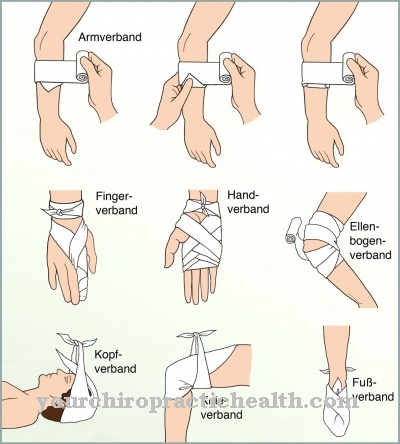




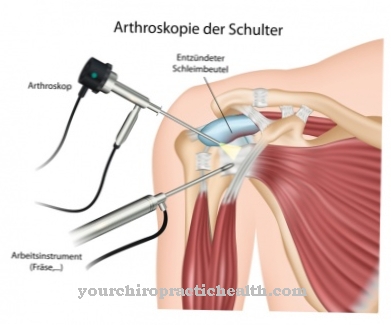



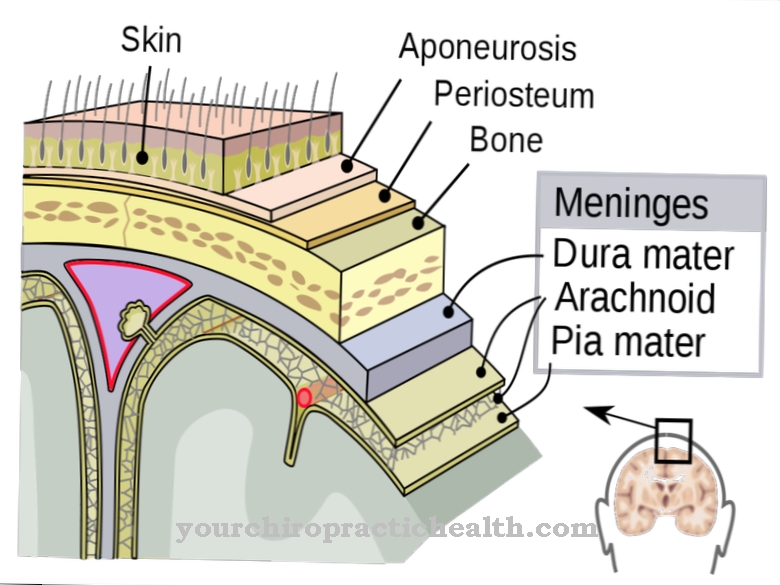



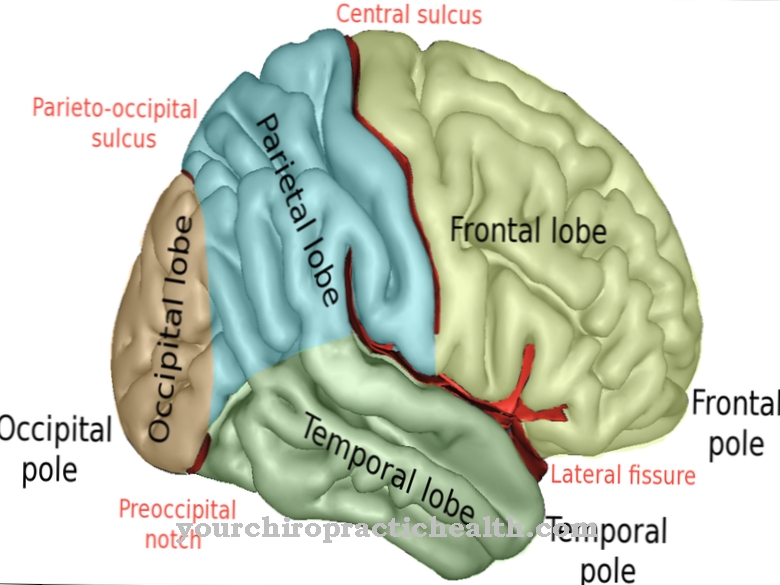
.jpg)
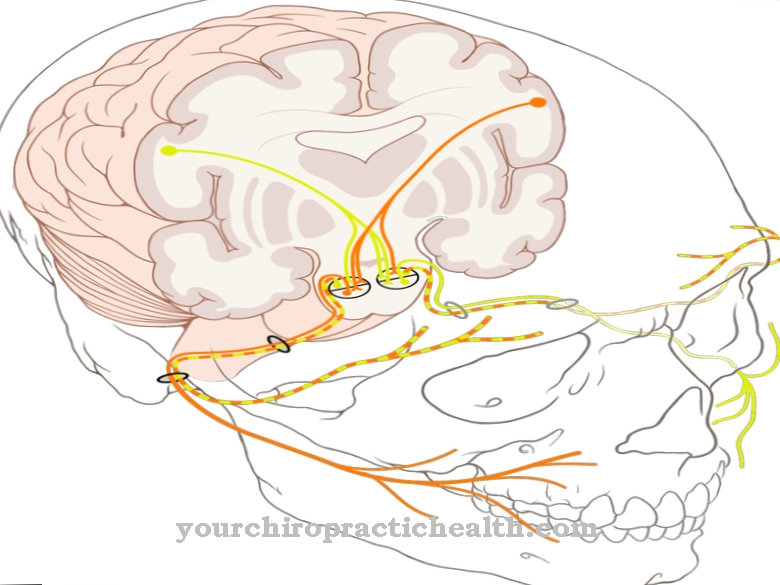


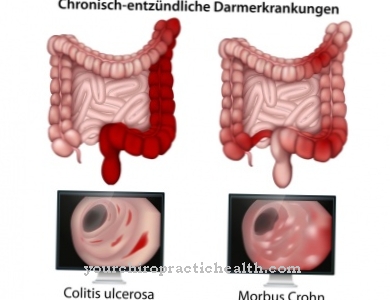


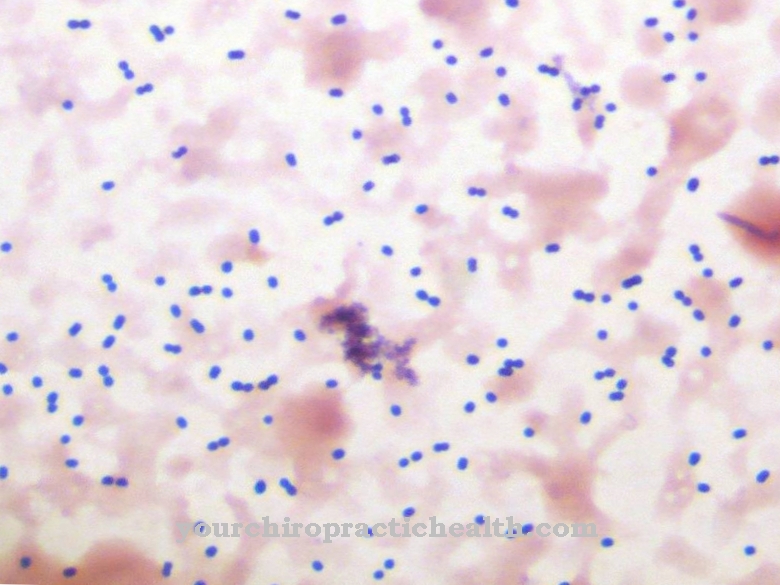


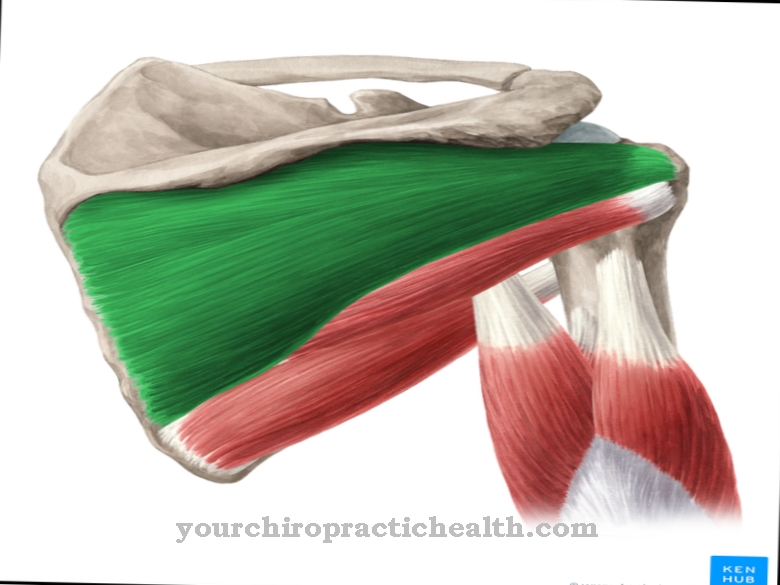


.jpg)